A Chord can have alternate names based on how it is being used. A chord's function is an important determining factor in naming a chord. So unless you know the harmonic function of a given chord, you might not be able to accurately name it.
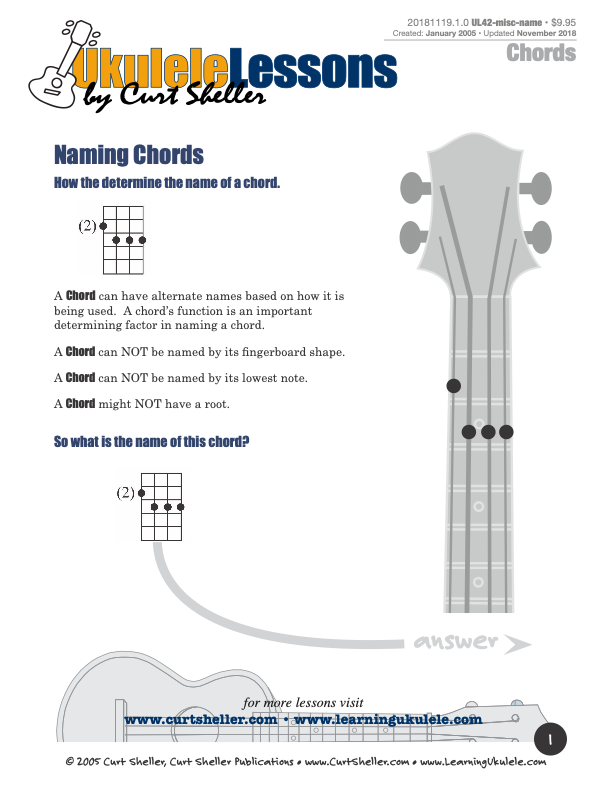
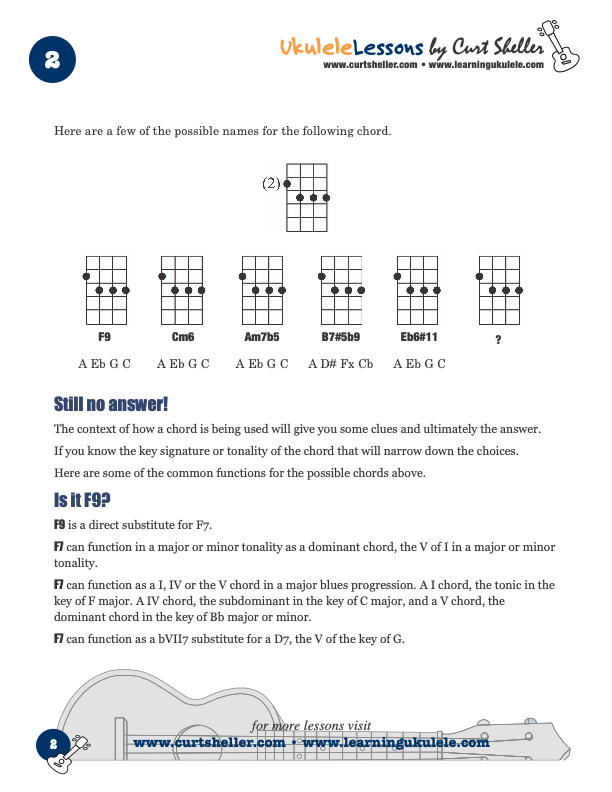
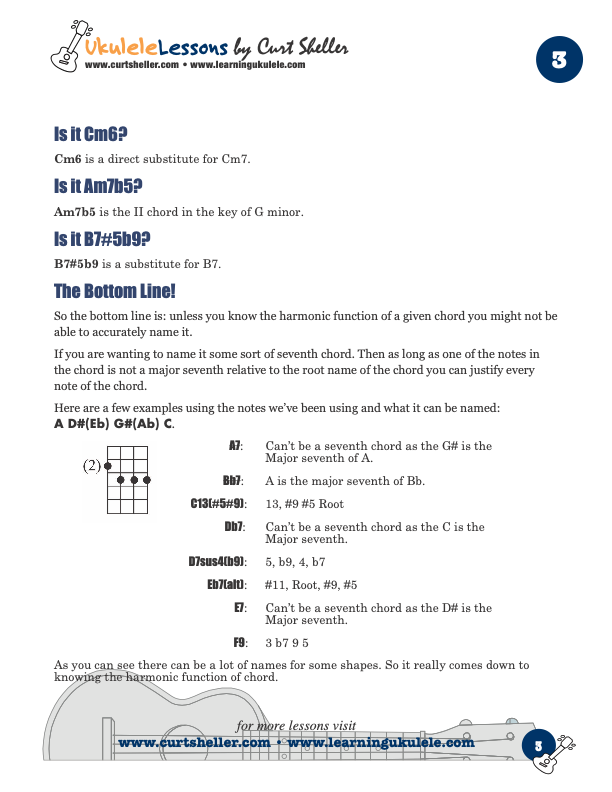





A Chord can have alternate names based on how it is being used. A chord's function is an important determining factor in naming a chord.
- Plain Staff Notation, used in classical music — the Baroque music period (c. 1600–1750).
- Roman Numerals , commonly used in harmonic analysis to denote the scale step on which the chord is built. A modern variation is the Nashville Number System, substituting Arabic numbers for Roman numeral with some slight variations. LearningUkulele.com only uses Uppercase Roman Numerals (Do We Need Lowercase Roman Numerals for Harmonic Analysis?)
- Figured Bass , much used in the Baroque era, uses numbers added to a bass line written on a staff, to enable keyboard players to improvise chords with the right hand while playing the bass with their left.
- Chord Letters used in modern musicology, to denote chord root and quality.
- Chord Names and Symbols used in popular music lead sheets, fake books, and chord charts, to quickly lay out the harmonic ground plan of a piece so that the musician may improvise, jam, or vamp on it. These names are only for chords built in thirds and are actually a recent, early 20th century occurrence.
A Chord can have alternate names based on how it is being used. A chord's function is an important determining factor in naming a chord.
- Plain Staff Notation, used in classical music — the Baroque music period (c. 1600–1750).
- Roman Numerals , commonly used in harmonic analysis to denote the scale step on which the chord is built. A modern variation is the Nashville Number System, substituting Arabic numbers for Roman numeral with some slight variations. LearningUkulele.com only uses Uppercase Roman Numerals (Do We Need Lowercase Roman Numerals for Harmonic Analysis?)
- Figured Bass , much used in the Baroque era, uses numbers added to a bass line written on a staff, to enable keyboard players to improvise chords with the right hand while playing the bass with their left.
- Chord Letters used in modern musicology, to denote chord root and quality.
- Chord Names and Symbols used in popular music lead sheets, fake books, and chord charts, to quickly lay out the harmonic ground plan of a piece so that the musician may improvise, jam, or vamp on it. These names are only for chords built in thirds and are actually a recent, early 20th century occurrence.
Naming Chords on `Ukulele
Harmonic Function. The how is it being used with the other chords?
- Knowing the harmonic function of the chord or
- Simply ask the bass player. A bass player has extreme power in determining the name of a chord and its harmonic function. They can use this power for good or evil ;-).
- A Chord can have alternate names based on how it's being used—its Harmonic Function. A chord’s function is an important determining factor in naming a chord.
- A Chord can ONLY have one name at a time. It is what it is, not what it could be.
- A Chord should NOT be named by its fingerboard shape alone—beyond a basic open position chord, you're just guessing.
- A Chord can NOT be named by its lowest note—might not be the root.
- A Chord might NOT even have a root—a chord can have a perceived root.
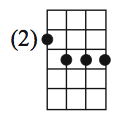

backdoorresolution to the I chord.(see the
Harmonic Analysisbook for the complete store on the harmonic move.)
Chord Name. Picking an easy chord name, regardless of the harmonic context, might give you better results. Not right, and probably
Harmonically Offensiveto
professionalmusicians — but go for it.
Dumb It Down. Most players are happy to learn the proper names and how music works. It makes them better musicians and they will have more fun and get to play with better musicians. A WIN, WIN all around.
- (wikiwand) : Chord Notation And Symbols for Naming Chords
- Traditional staff notation.
- Roman numerals, commonly used in harmonic analysis.
- figured bass, widely used in the Baroque era.
- numbered musical notation, a musical notation that use numbers characters instance of graphical symbols, widely used in China.
- Nashville Number System, a variant of modern chord symbols, that use Arabic numerals for scale degrees vs. roman numerals.
Related Lessons, Videos, Lesson Series, Songs, Books & Reference Charts, Resources & Assets, Workshops are below.

Harmonic Analysis (HA), also known as the study of chord relationships, is the method used to identify the harmonic role of chords within a chord progression or song. A chord progression refers to a sequence of chords, with each chord having a root note and belonging to a specific chord type. The function of a chord within a particular scale's tonality is determined by its relationship to that scale.
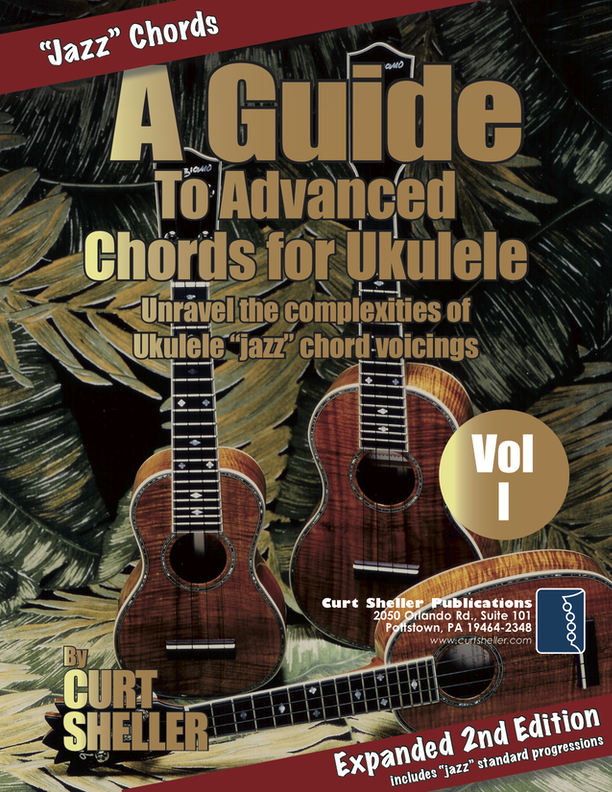
Beyond learning basic Ukulele chords, most players struggle with advanced chords. Commonly called "jazz" chords, these more sophisticated voicings find a wide use in all forms of music. A Guide to Advanced Chords for Ukulele - presents a highly organized and efficient approach to the mysterious subject of advanced chords. Chord dictionaries are not the answer.

Harmonic Analysis is the understanding of the functional sequence of chords. It is the process used to analyze the harmonic structure of a progression, song or composition. This analysis is then used to make scale selections for improvisation and chord substitution.


return in your investment)—it is this— learning the
f*ckingnotes of your OWN instrument. Sorry for the tough talks—but it is sooooo true!


Learn to read single note melodies in the first/open position is a lot easier than you might think. Book: Ukulele – Reading Music Series – Primer

An organized collection of daily practice and reference material for the contemporary ukulele player for developing the vocabulary and knowledge necessary for single note playing. Book: Daily Practice Material for the Contemporary Ukulele
Checkout the Books & Reference Charts for additional Handy, Dandy Reference Charts.

Ukulele Fingerboard Chart for C Tuning, Low or High G – G C E A

Ukulele Fingerboard Chart for G Tuning, Low or High A – D G B E

A handy reference chart of all 15 major and relative minor key signatures. US Letter 8.5 x 11 sized (ANSI-A) , A4



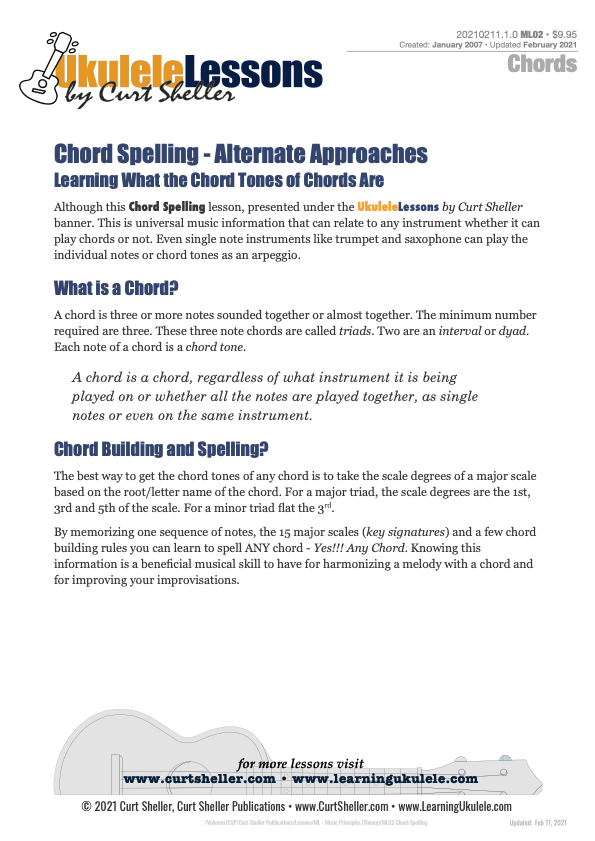
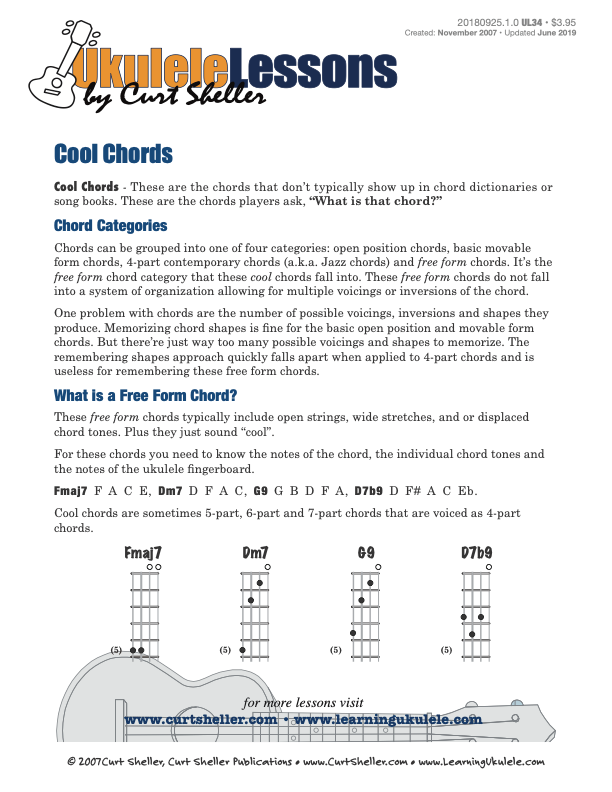
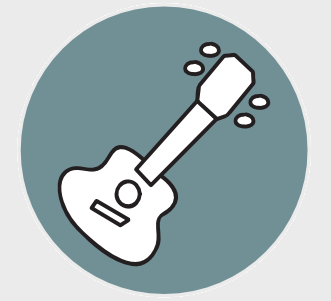

.jpg)